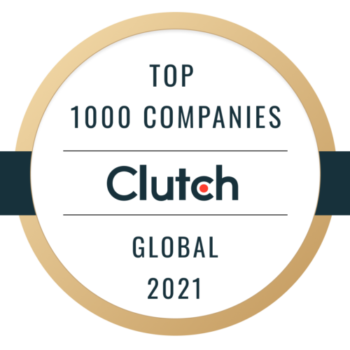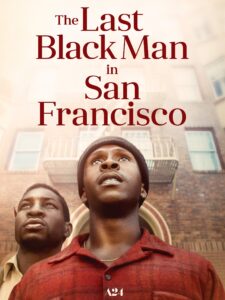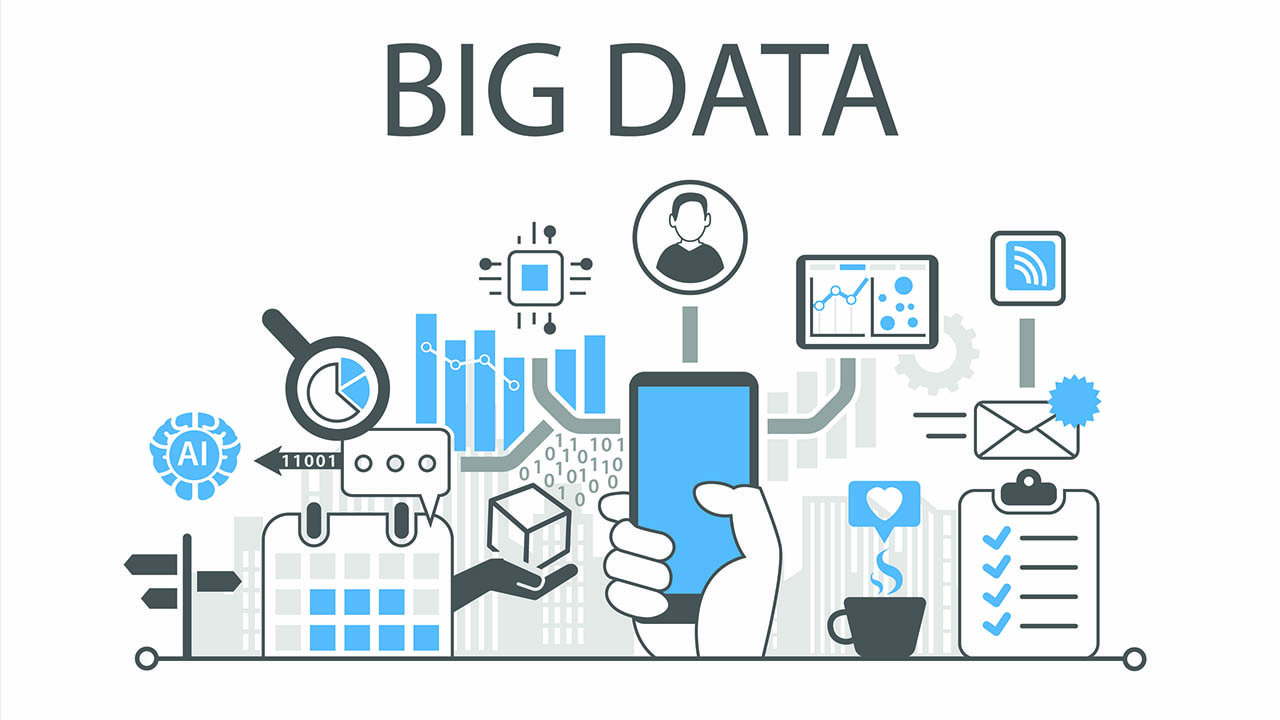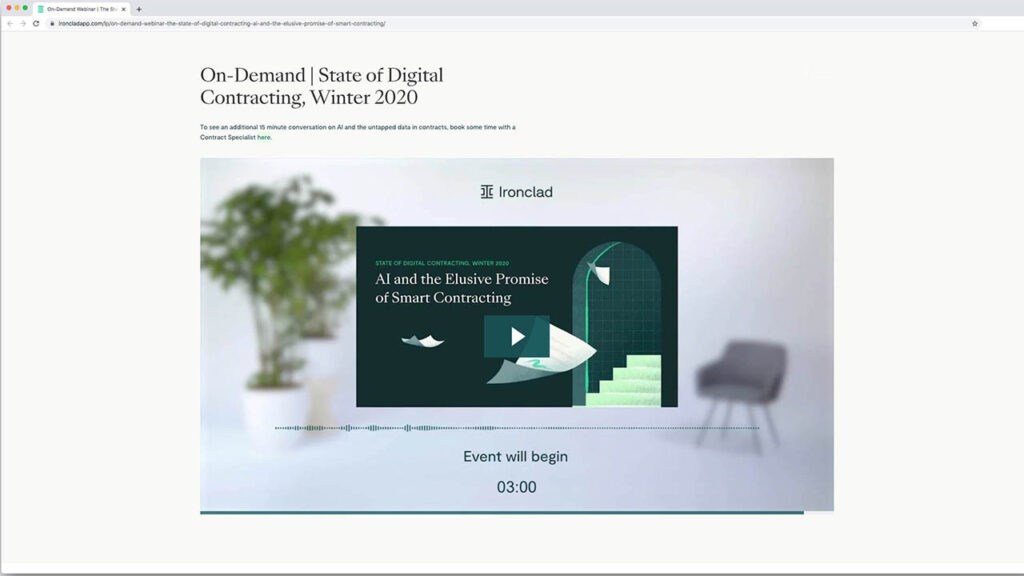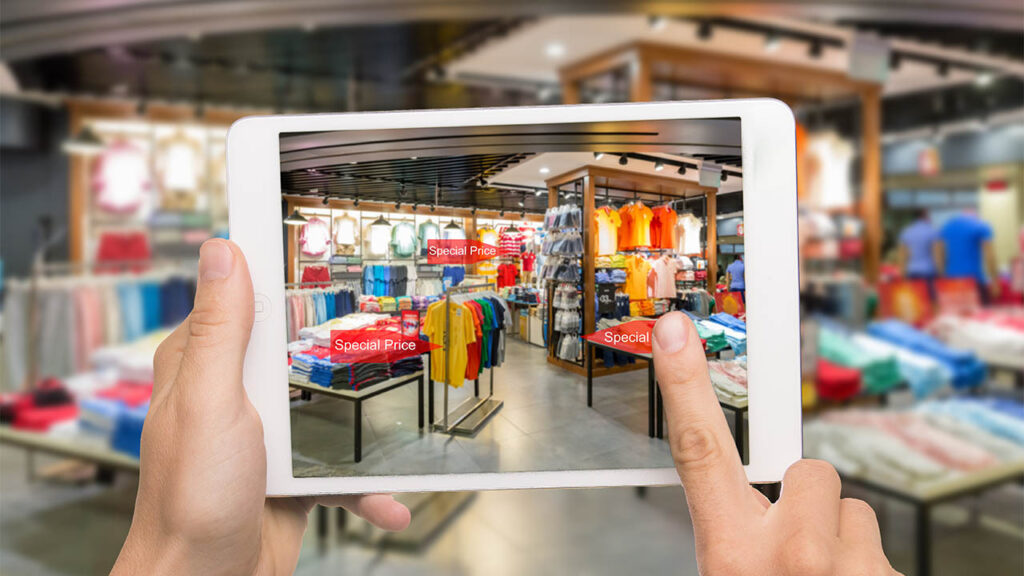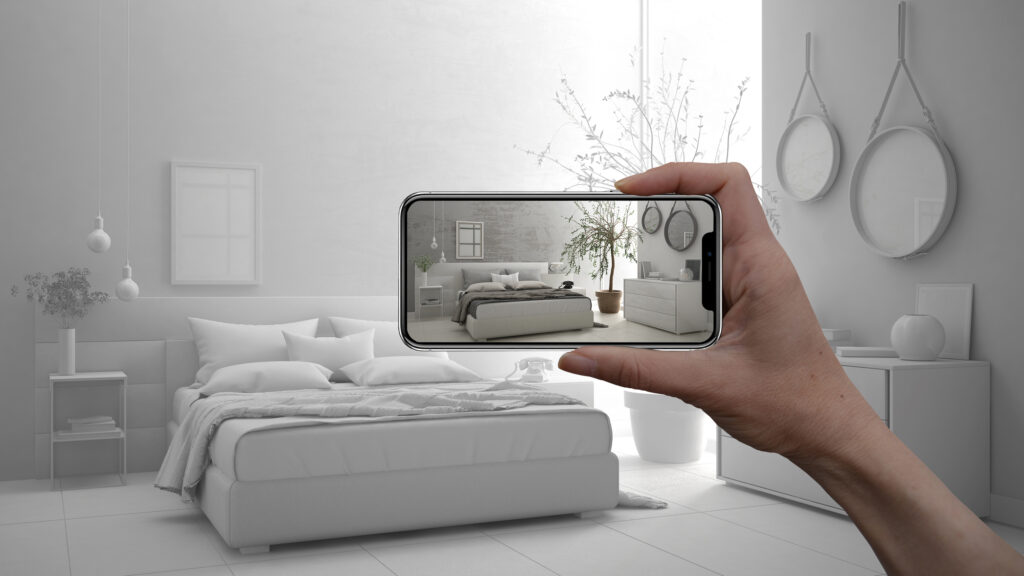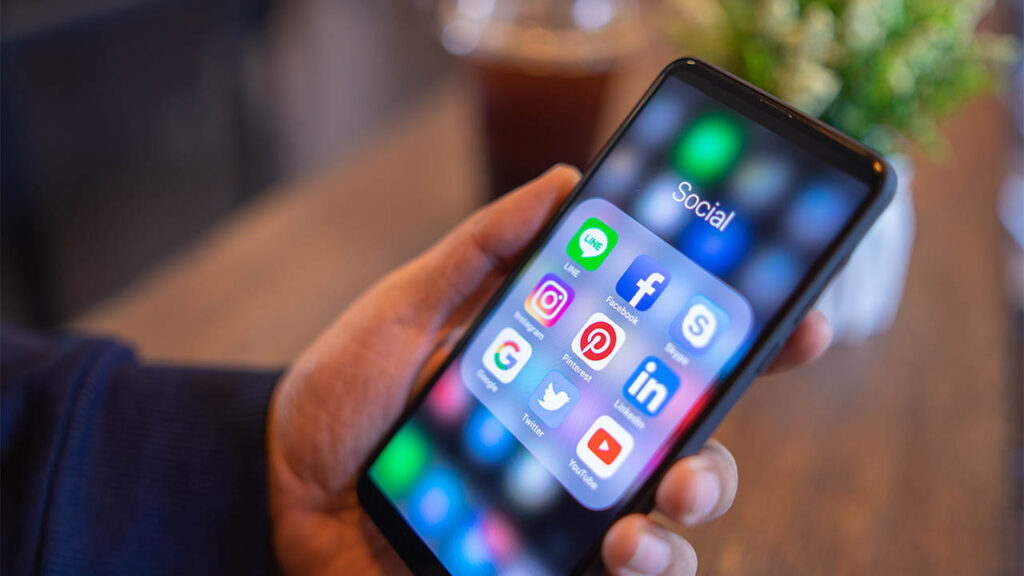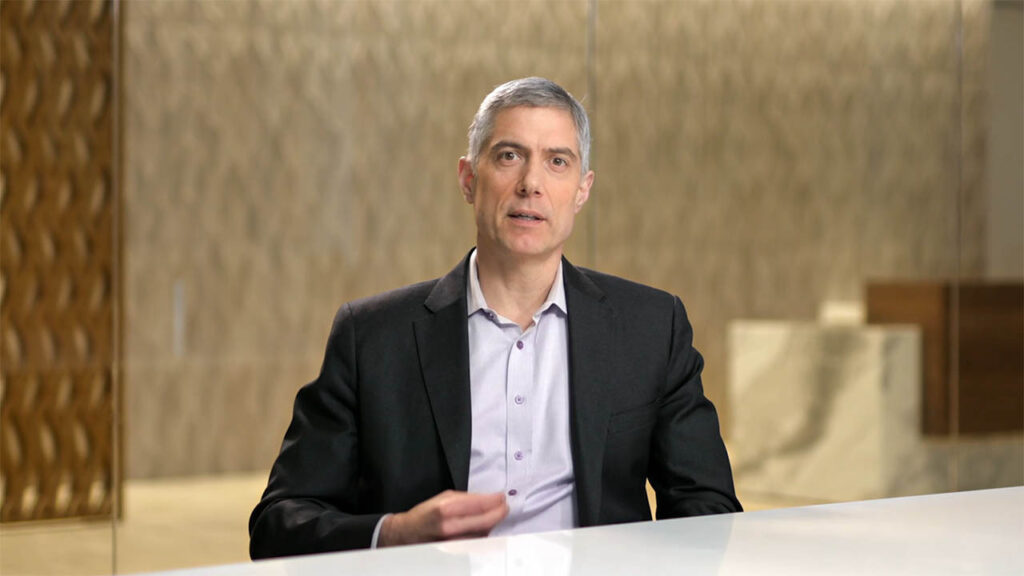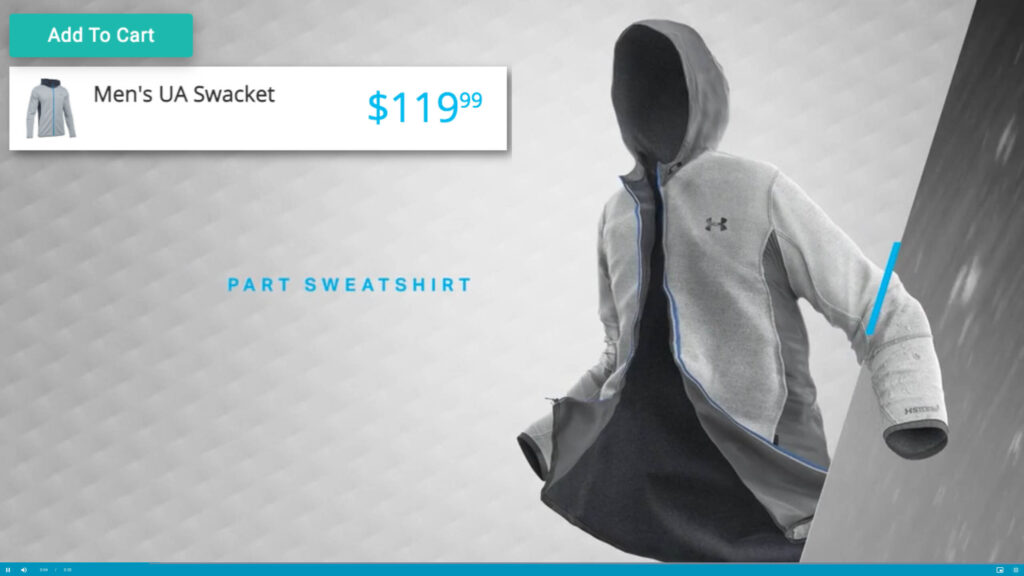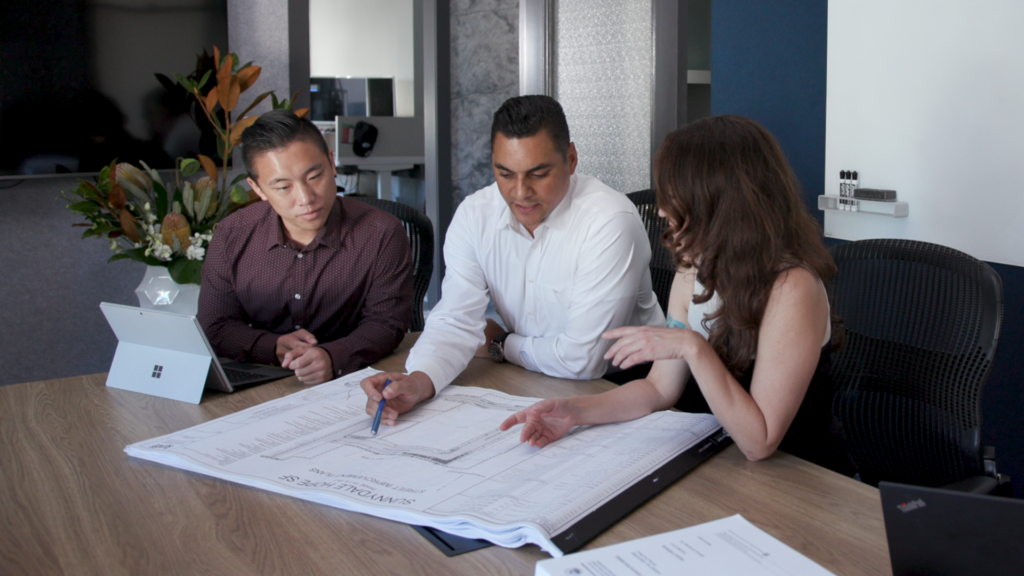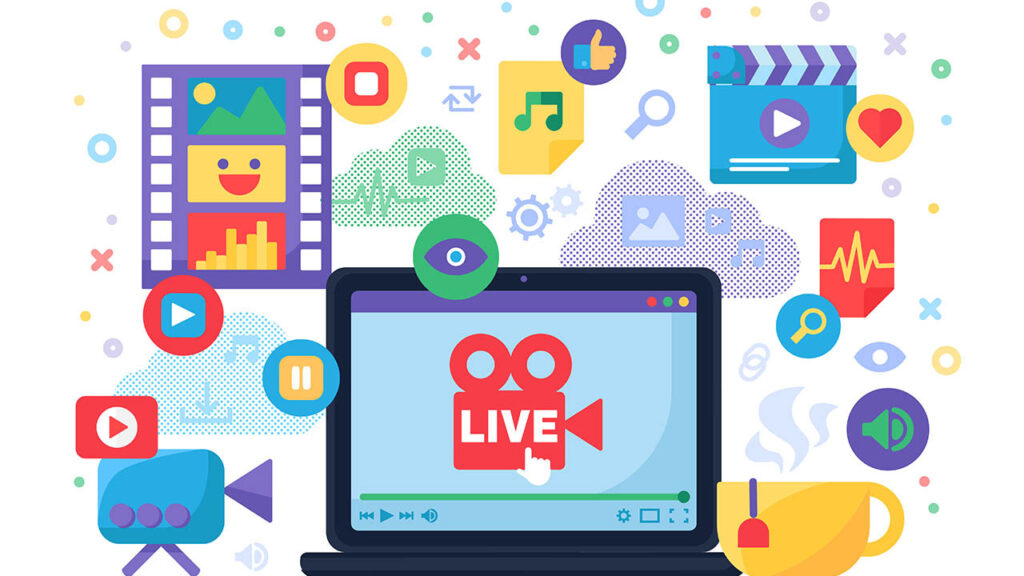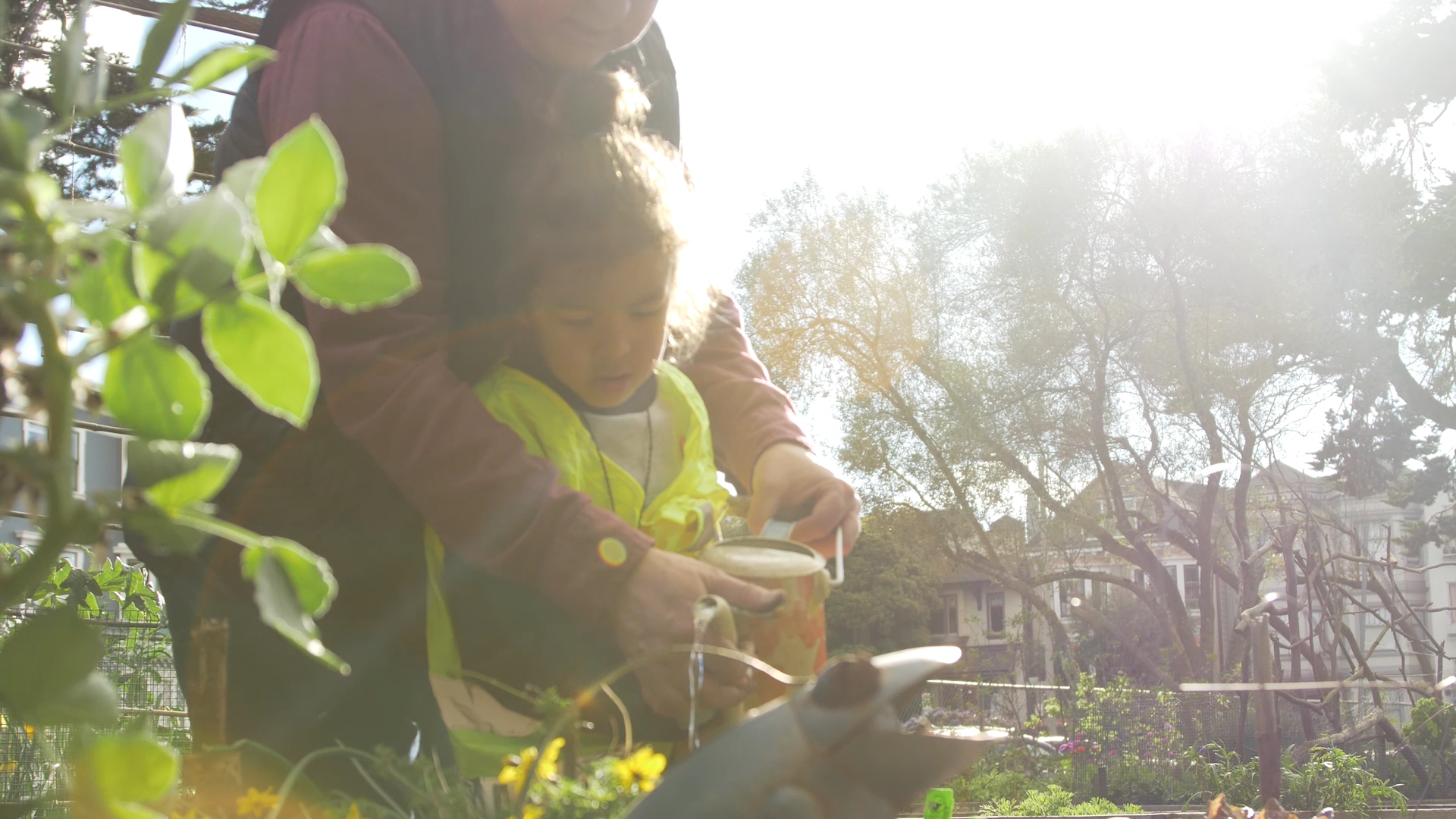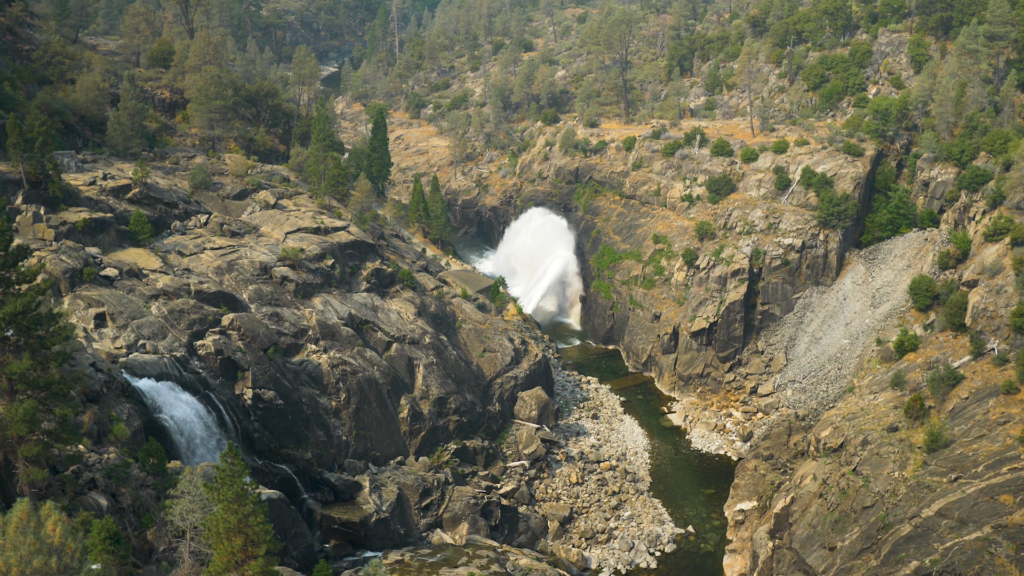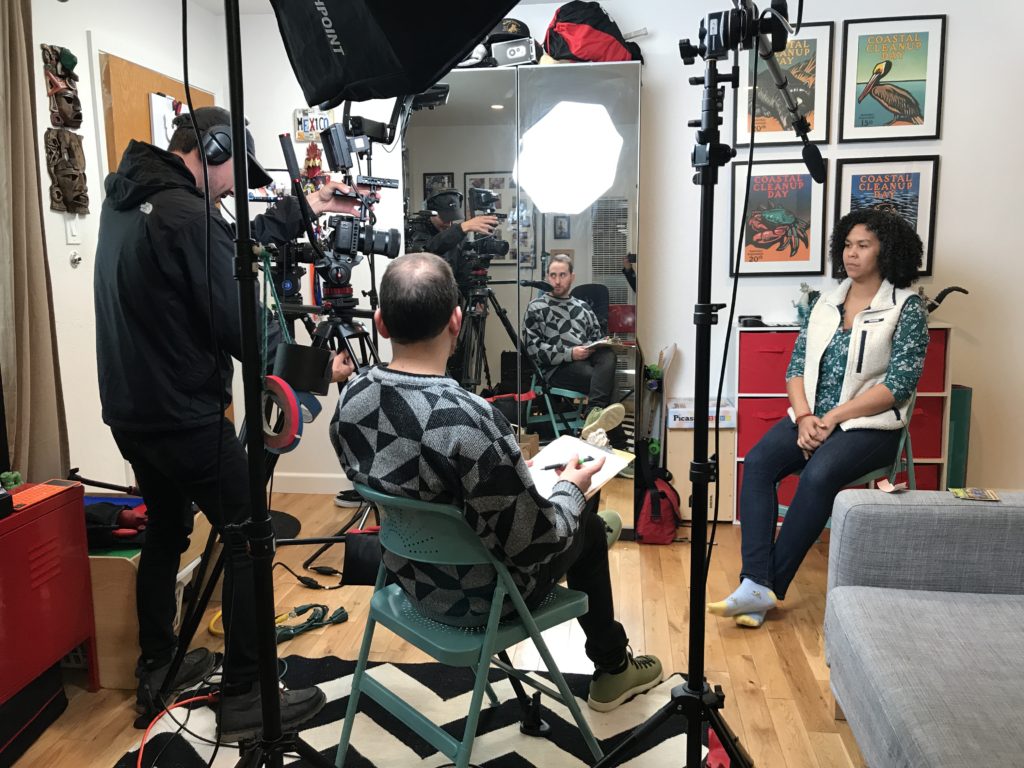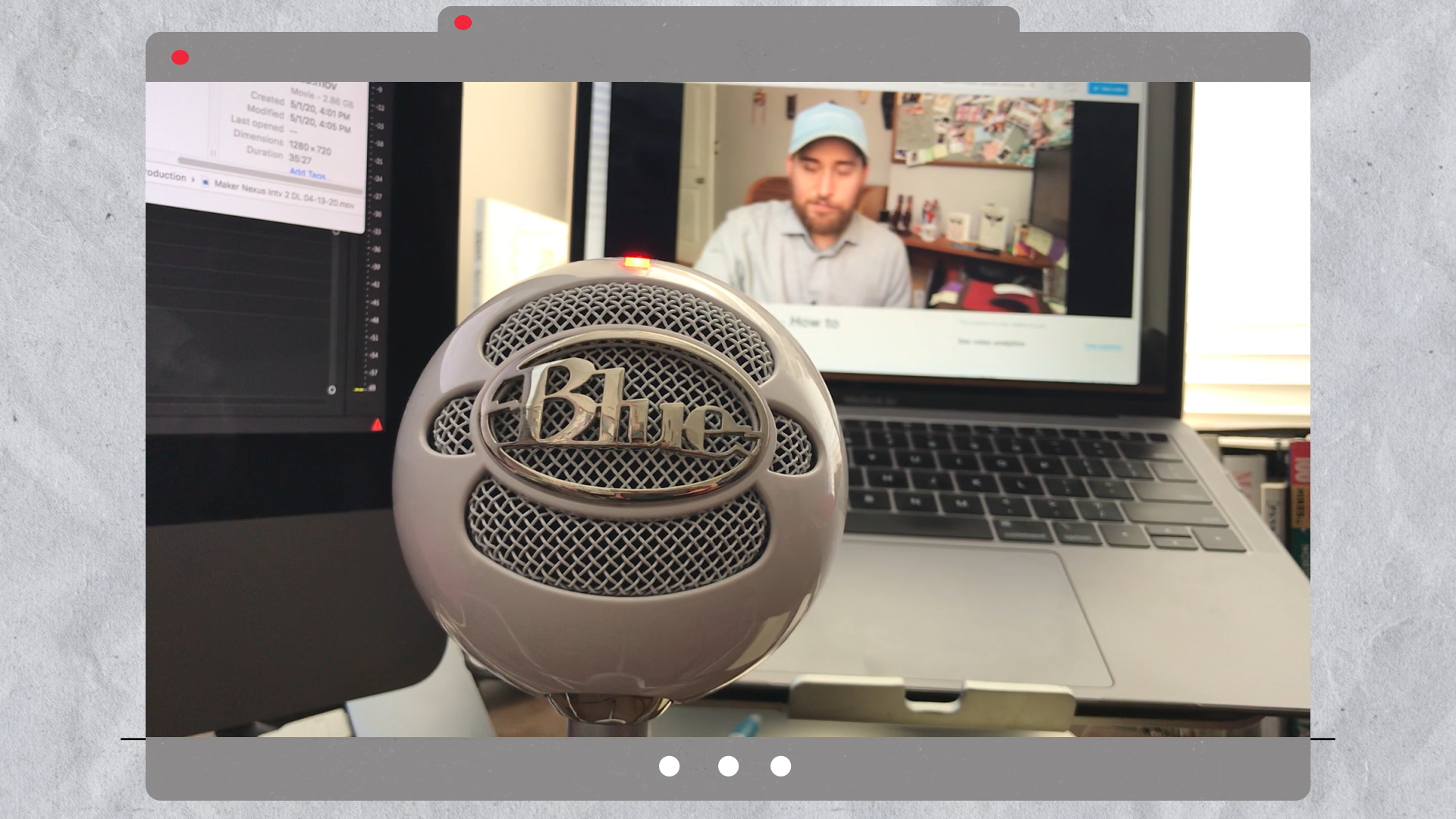A step-by-step guide to high-engagement videos.
In this blog post, we’ll show you how to plan and market your video for maximum views, watch-throughs, and sales.

There’s an old thought experiment that goes like this: deep in space is a comet. Nobody has ever seen, heard, or thought about this comet. Nobody has any memory of it.
So, does that comet exist?
We don’t actually know the answer. But if you swap “comet” for “video,” and it’s your video, then we do know the answer: you’ve got a video that exists, but nobody is watching.
YouTube hosts over 500 hours of new content every minute. Some have big production budgets. Most don’t. But only a handful of videos of any budget get big-time views.
Fortunately, we’re here to help with some ideas on how to increase views and watch-throughs of your video content.
To be clear, views are not the only marker of a video’s success. For B2B, the ultimate metric is the sale, which (without tracking) is sometimes hard to quantify. But views are, of course, the first marker that matters. No views means something is broken. And right after views comes watch-through rate. If the audience doesn’t finish your video, something else is broken.
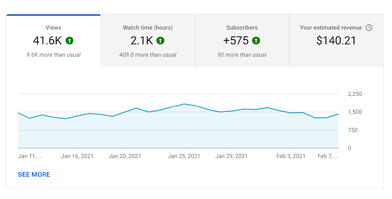
We focus on views and watch-through because they are easily measurable. If you are using YouTube, Wistia, or many other platforms, their analytics will give you this data. And in some cases, you can use that data to identify the problem, and either fix it or do better next time.
So here is Slow Clap’s seven-step strategy to ensure your video gets the engagement it needs to promote sales.
1. The video lives where your audience travels
Let’s return to that comet. If your audience travels in a particular galaxy, and your comet passes through that galaxy, they are more likely to see it. In internet terms, each galaxy is a particular platform, like YouTube, Instagram, Facebook, or LinkedIn.
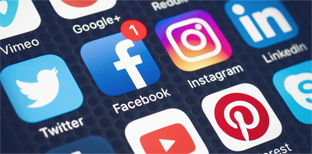
Different platforms serve different demographics. It can be a challenge to select the right one. Age, buying patterns, and other factors will matter. YouTube began as a place of authenticity, so selling directly isn’t as common as, say, on LinkedIn.
It doesn’t hurt to use more than one platform. But when you know one works, put most of your promotion efforts there.
And one thing to know: upload your video natively to each platform. LinkedIn, for instance, will penalize your posting’s rank if it links to anything outside of LinkedIn, and other platforms use similar strategies to try to keep users on their platform longer.
How to choose the right platforms:
Hootsuite has a great article on which platforms attract persons of particular demographics. And, interestingly, on what devices they tend to visit those platforms!
Wherever you choose, invest in it, learn how to use it effectively (learning their tags, posting schedule, etc.), and make it yours.
And when you do use more than one platform, you can use hub platforms like Hubspot to compare results and automate posts.
2. The video shows up in Search, Feeds and Ads
On any given platform, there are three ways users will see your video:
- As a search result
- In their feed, through a recommendation or a follow
- Or as a paid ad
You have the most control over #1 and #3, where the common denominator is using the right keywords. These are words that audiences search to find answers to their questions.
Understanding how each platform uses keywords and tags is the key to getting it to show up in searches. That’s not to say you’ll rank first right away – sometimes that’s a matter of promotion and engagement.
But you need to know what words people search so they can find your answer to their problems.
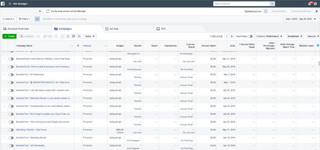
And when running advertisements, you need to know what words describe those audiences. Age range. Profession. Again, these vary by platform.
How to track a keyword’s effectiveness
Preemptively, you can estimate a keyword’s effectiveness in several ways:
- See if it comes up in Google Search autofill
- Compare it to similar keywords for free in Google Trends
- Find its CPC cost through tools like Keywords Everywhere
- Use Answer the Public to search your niche, and see what questions people are asking
After you begin using a keyword, you can track its effectiveness in several ways:
- A/B Posts or A/B videos. Create two versions using different keywords, and use that platform’s native analytics tools to see which one gets more views and longer watch times.
- Use a tracking platform like Hubspot to specifically follow that keyword.
3. The thumbnail makes your target audience unquenchably curious
Remember back when we had movie theaters, and you’d see movie posters in the lobby? A good poster could turn your head. A great poster made you hunt for the movie’s release date, because you had to see that movie.
Thumbnail images are the images that overlay a video before you hit play. And functionally, they are little movie posters. Through audience selection and good old curiosity, they bring in an audience better than nearly anything.
Here’s how to create a great thumbnail:
- Plan ahead. Design the thumbnail during pre-production. The thumbnail imagery and story needs to integrate with the video itself. Don’t improvise later.
- Your thumbnail should answer the questions Who and What. Let your audience know it’s about them or a problem they have. If you are a secure paper-shredding company, plan a visual of an employee buried under documents.
- Use human faces where possible. They connote feelings.
- But if you can’t use any human faces, consider a simple graphic that explains a relationship.
- Words are the last thing you should add. Do as much communication with the visuals as possible. Words should fill in any context you can’t show.
- Sketch it, but leave it to a graphic designer or video editor to make the final product.
- Brand it. The usual colors, fonts, and other graphic assets.
- Test it. Can somebody you know identify who it’s for and what it’s about after looking at it for three seconds? Does it pique their curiosity?
How to track an effective thumbnail:
View count is the primary metric. There are ways to A/B test different thumbnails – you could publish two copies of the same video, but with different thumbnails, and keep the one that performs better.
4. Write a title that can sell on its own
You can’t always depend on a thumbnail. Depending on the platform you’re on, you may not always be able to use one. On LinkedIn, for instance, videos autoplay in the feed, decreasing the utility of a thumbnail.
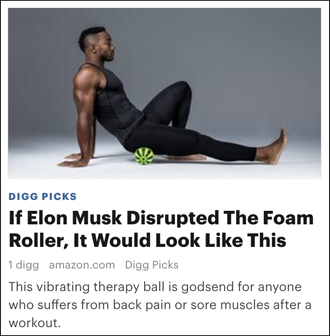
This headline without the photo would still get clicks.
Source: swipefile.com.
Or maybe your topic is simply too abstract to explain in an image. If you’re a company that specializes in API’s (Application Programming Interfaces), you could try to show two pieces of software talking to each other in your video thumbnail. Or you could say “we build error-proof APIs” in a text title.
And even if your thumbnail rocks, you should still have a title, or “headline,” that can sell on its own. We use “title” and “headline” interchangeably, though in marketing speak, the “headline” is any piece of media that is seen first.
Great headlines won attention in printing-press pamphlets 300 years ago, and they still work today. A headline is the top text that answers the question, “what’s in it for me?”
According to The Copywriter’s Handbook by Robert Bly, a good headline does four things:
- Gets attention.
- Selects the audience. This tells people who the media is for, and not for.
- Delivers a complete message.
- And draws the reader into the body copy. Or in this case, the video.
Sometimes your video title completes the thumbnail, like this:
How to track an effective title:
View count. As with the thumbnail, you can try A/B testing to find out what works best.
5. Hook ‘em in the first ten seconds of the video.
David Ogilvy, founder of Ogilvy and Mather, said the first ten seconds of a commercial are, in fact, its headline.

Ogilvy died in 1998, and did not live to behold the digital age. But even in an age where people have more control over the videos they watch, statistics bear out Ogilvy’s viewpoint. If you don’t intrigue your audience in the first 10 seconds, you’ll likely lose them.
If you’re not sure how to do that, write up a script, and evaluate it according to these criteria:
- Do the first 10 seconds give a clear clue that this video is about a problem your audience can appreciate?
- Once you fully define the problem, is it easy to understand?
- Do the music, narrative, and visuals mirror the correct emotion? For example, do they show how frustrating it is finding an enterprise-level password manager?
- If you watched just the first 10 seconds of the video, would you want to know more?
How to measure your first 10 seconds:
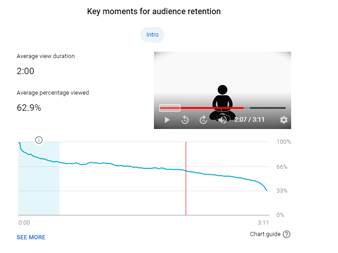
Use your platform’s Watch-Time or Watch-through metrics. If you’re experiencing a dramatic drop in the first ten seconds, the video should probably be re-edited according to the guidelines above.
6. Cut the fluff.
A problem in any story – be it a book, a film, or news from a chatty friend – is adding story arcs that don’t resolve or don’t matter. For example, you write a script about a pen that can securely and remotely sign contracts. You connect to Thomas Jefferson signing the declaration of independence.
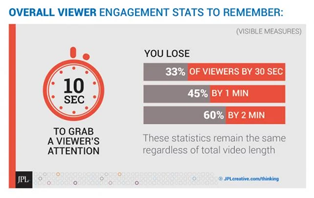
Source: Ad Age
But attention spans are short. Jefferson’s pen better be relevant or your audience will raise their eyebrows at best, and more likely click away.
Sometimes you don’t realize you’re off on a tangent. This is why Sir Arthur Quiller-Couch coined the phrase,
“Whenever you feel an impulse to perpetrate a piece of exceptionally fine writing, obey it — wholeheartedly — and delete it before sending your manuscript to press. Murder your darlings.”
This is best achieved in script revision. Cut, cut, cut as much information as is unnecessary. Cut as many words as you can and achieve the same effect.
Video editing also uses this process – to tell the best story in the fewest shots necessary.
How to track attention:
Use the Watch-statistics. Is there a point far away from the end that drops off? If so, you may be able to edit the video to be shorter and tighter.
7. End the video where it should end.
A strong finish is a predictable finish. Once the story arc is complete – once the problem and solution are fully disclosed – that’s where to stop.

In your call to action, ask only one thing of your audience. Don’t ask them to buy and subscribe. Don’t ask them to sign up for the email list AND don’t forget to check out our webinar. A video should have one CTA, as once it’s done playing, it’s done.
There is one kind of video that can shoehorn multiple CTAS into a one-hour runtime: the 3 A.M. sales video. The kind that accompany “funnel” sales pages that look the same everywhere. The kind that use gimmicks to keep you watching. “But wait, there’s more!”
But we don’t recommend you make one of those. Respect your customer’s intelligence. Respect their understanding of story. Be transparent by using a clear story arc. And end it where it logically ends.
OK, and there is one more exception: funny bloopers. But do run them by some honest (brutally honest) friends to see if they’re actually funny.
How to track a strong ending:
Watch statistics that make it through the end at least 60% of the time are a win.
The Slow Clap Hook ‘Em TLDR; Summary
When you need your audience to watch your content all the way through:
- Start with the platforms where your audience spends time
- Make it relevant to things they search and read about
- Make sure they know it’s relevant in the thumbnail and headline
- Make sure they know it’s relevant in the first 10 seconds
- Cut all the fluff and extra time. People are busy!
- And end where it makes sense to end.
And if you want help – a team to translate your understanding of a topic, process, or industry into compelling content – give us a shout.
Further reading:
Headlines account for 50% of a blog’s effectiveness
How to Write Headlines: A Step-by-step Guide
23 YouTube Stats that Matter to Marketers
500 Hours of Content are Uploaded to YouTube Every Minute
Social Media Demographics that Matter to Marketers
10 YouTube Stats Every Marketer Should Know
How to Create a Great Video Thumbnail



